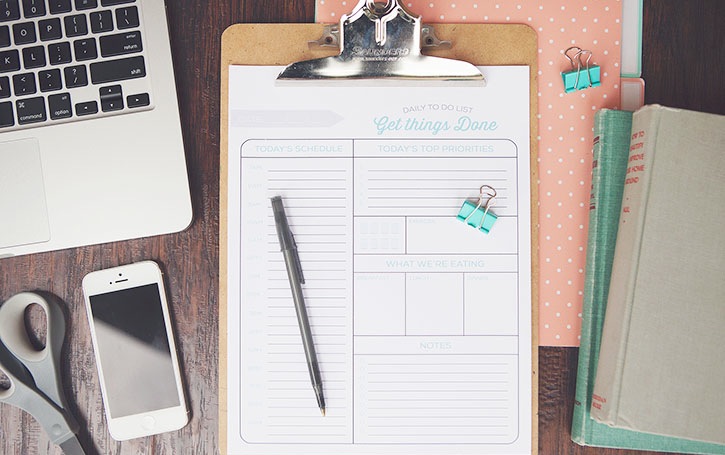We’ve all had those days where our to-do list is about a mile long, and everything seems to be priority #1. Unless you’re some kind of superhuman (lucky you) – we all have to get through the prioritization process the same way: one task at a time. As you stare at your seemingly daunting list, try not to panic, instead use these 5 questions to figure out which item is the true priority.
1. What is the due date?
This should always be the first question you ask yourself. If you have a project, report, or agenda that absolutely needs to be done by noon and it’s 10:15 a.m. it’s a pretty safe bet that you should do it before anything else. If possible, always try to complete projects as far ahead of the due date as possible (easier said than done, I know). I think we can all remember that 10 page college paper we started writing the night before it was due… Live and learn.
2. How much time will it take?
Your list is lengthy, but think about how long each task will take to complete. If it’s something simple and you can get it done quickly, try and knock that one out first. By focusing on the smaller tasks at hand, you can get a lot done in less time. I think we can all agree there is no better feeling than crossing items off your to-do list.
3. Do I have what I need?
In order to complete any ask you need to have all the information. If you are waiting on outstanding items from your coworkers or clients, make sure you reach out to them ASAP. It’s a no brainer, but if you don’t have all the information, you can’t complete the task. Anything on your list that falls under this category should be reprioritized until you have all of the necessary components.
4. Can I break this down into smaller tasks?
Sometimes there are items on my to-do list that seem so daunting, I just want to put them off a little while longer. But refer to question #1 for the possible consequences of procrastinating a major ask. In this case it’s helpful to break down your project into smaller tasks. For example: if you have to put together a presentation, then break down each aspect of the presentation into smaller tasks (gathering visuals, writing copy, creating an outline). This will help guarantee no part gets forgotten, and breaking an assignment down into smaller tasks can help make it feel a little more manageable.
5. Who’s asking?
Here’s the last question to ask yourself when prioritizing a to-do list. Requests and projects come from everyone: your manager, the head of the department, clients, etc. When prioritizing it’s important to keep in mind who the deliverable is for. For example, if a client asked you to do something, then that task should most likely take priority over a request from a colleague (but not always). Think about the “big picture” in these instances, and prioritize from there.


